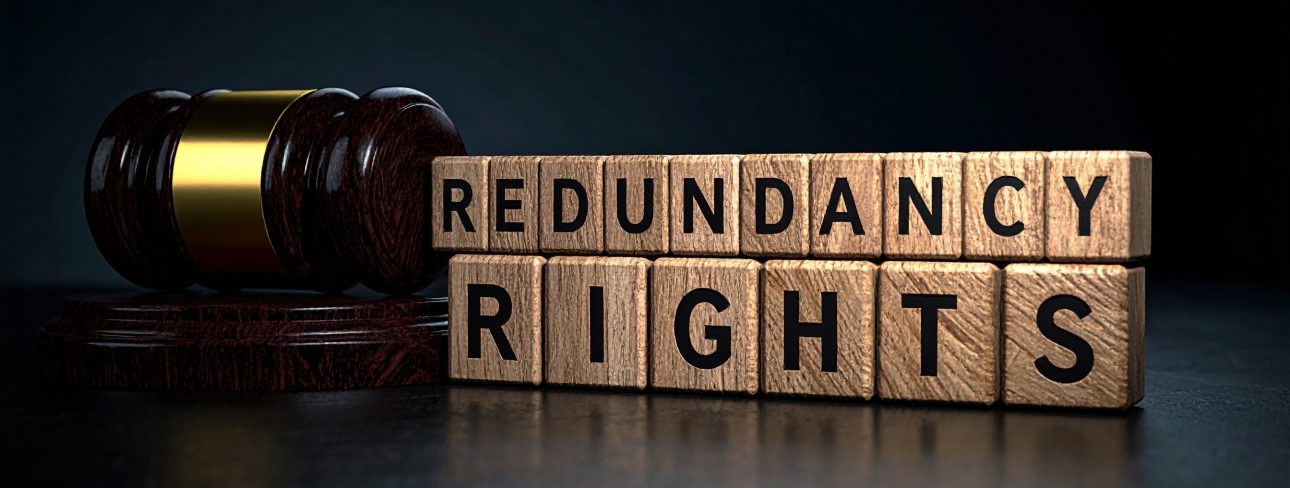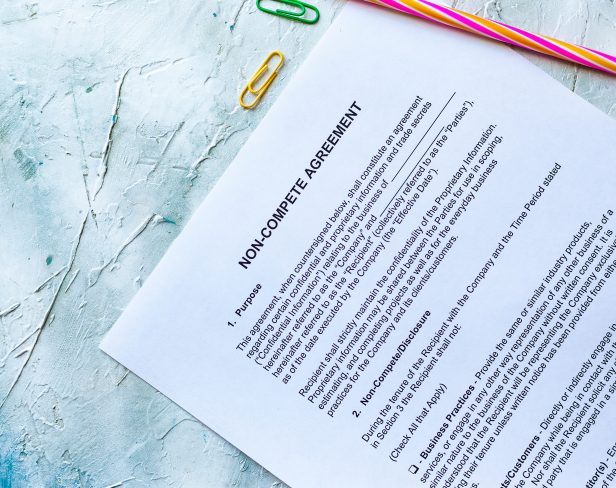The Workplace Gender Equality Agency (WGEA) has for the first-time published data on the gender pay gap in Australian private sector workplaces which have more than 100 employees. WGEA has been collecting data for over a decade, but this is the first time that data from individual businesses has been made public, after law reform in 2023 by the Federal Government.
The results are calculated by subtracting the median remuneration of women from the median remuneration of men and dividing the figure by the median remuneration of men. The median is expressed as a percentage.
A snapshot of the results shows:
• every industry in Australia has a median gender pay gap in favour of men.
• industries with higher pay rates tend to have higher gender pay gaps.
• the construction industry has the largest median total remuneration gender pay gap at 31.8%, the professional and technical industries also feature at the top of the list for the gender pay gap industry specific data.
• businesses with women in senior leadership positions tend to have lower gender pay gaps.
• 62% of median employer gender pay gaps are over 5% and in favour of men.
• across all employers, 50% have a gender pay gap of over 9.1%.
The data presented excludes salaries of CEO’s, heads of business, casual managers, employees on a forced period of leave and employees that identify as non-binary. At a national level, the gender pay gap in Australia is at 19% which means that the median of what a woman is paid is $18,461 less than the median of what a man is paid, over the course of a year. The purpose of measuring any pay gap by median rather than an average is to prevent data being skewed by salaries that may be exceptionally high or low.
WGEA has a “Data Explorer” on its website which allows users to consider the gender pay gap as it exists in specific industries and specific sizes of employers.
The intention behind the increased transparency around the gender pay gap is to give employers and employees alike the tools and the impetus to reduce and eliminate the gap. The WGEA website has resources to assist businesses in dealing with this issue. The published data has ignited public debate about this issue, and we expect to see employees asking employers about the issue and potentially, for pay rises, following this report. Finally, employers should make clear to their employees that the gender pay gap and equal pay should not be confused. The gender pay gap does not compare earnings of individuals in the same role. The gender pay gap is the difference between the median pay of men and women throughout an organisation and as such, across industries.




